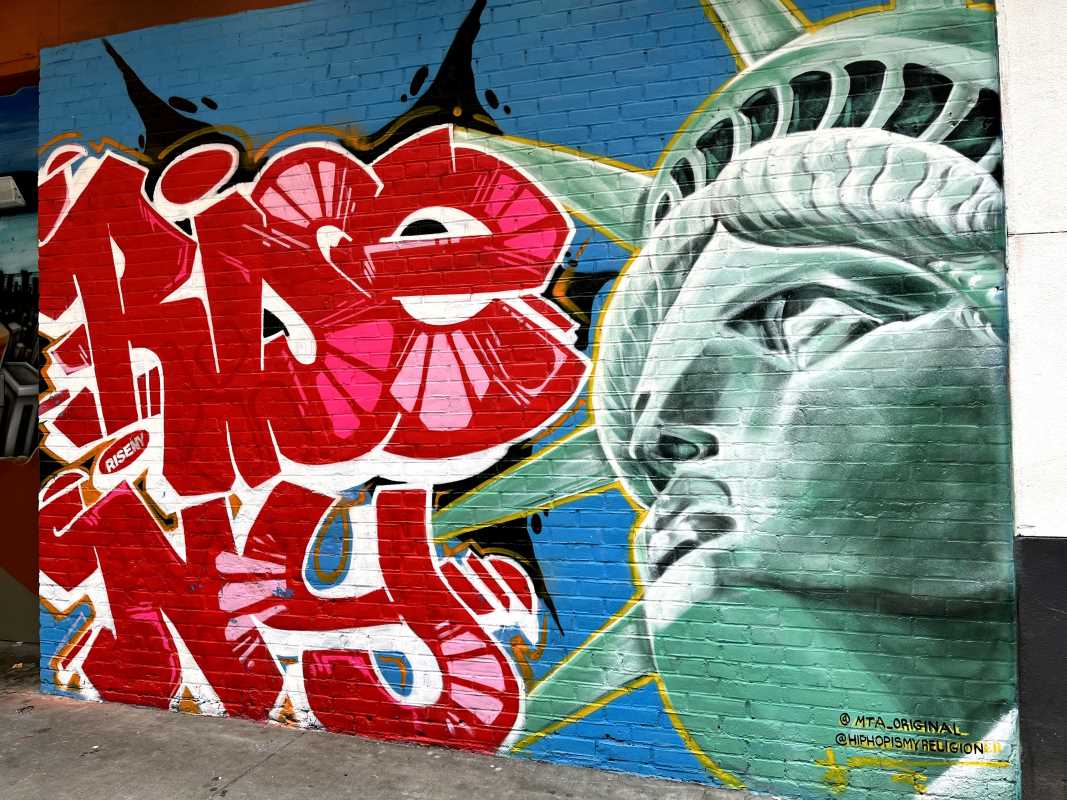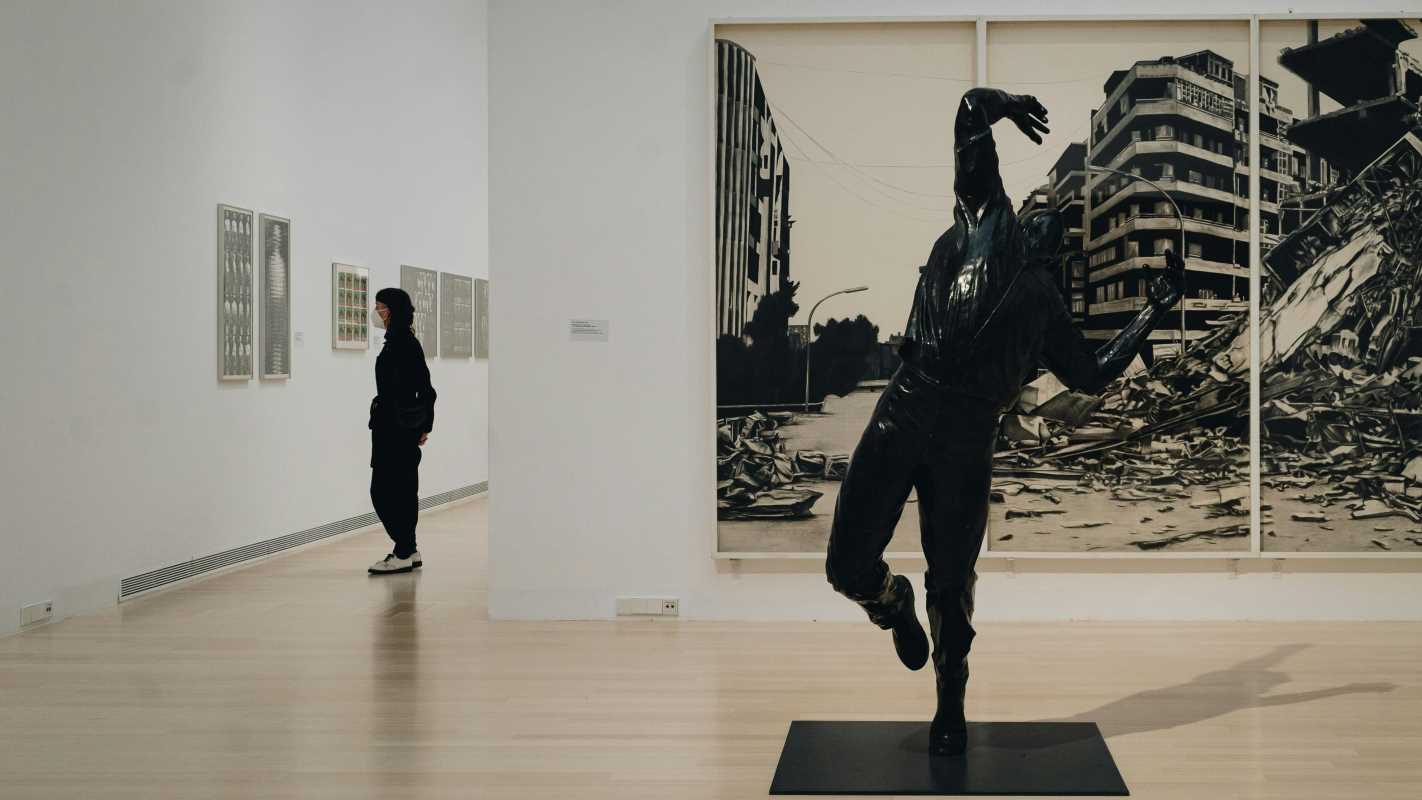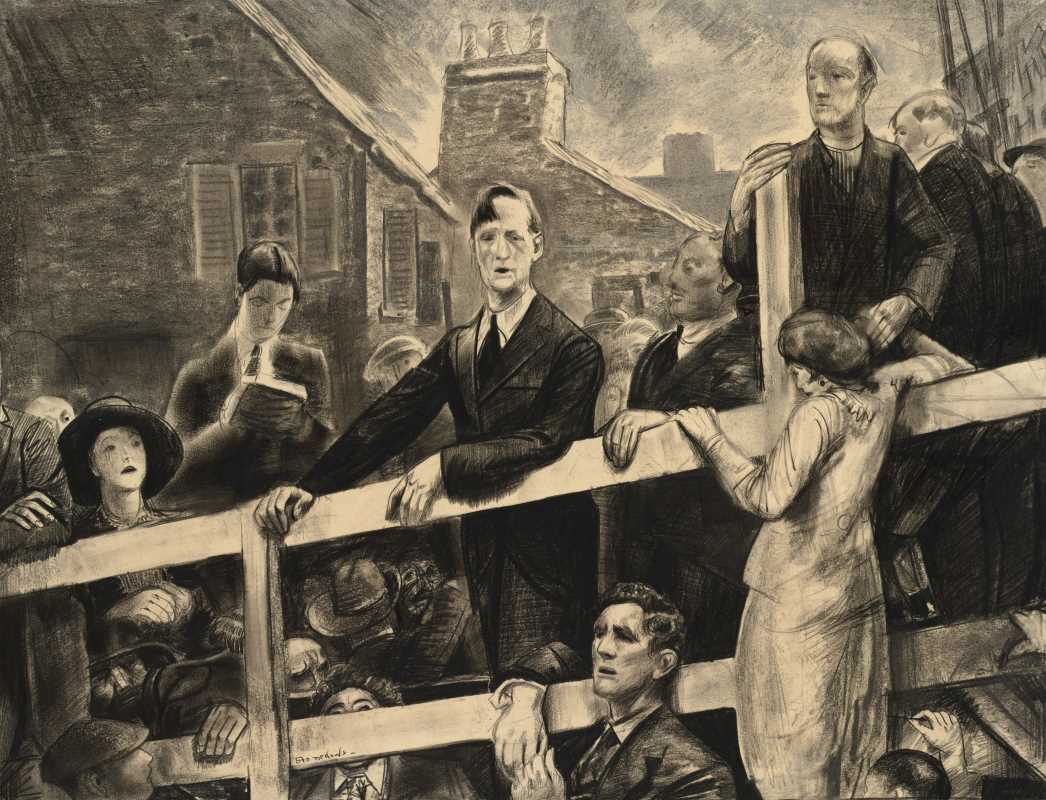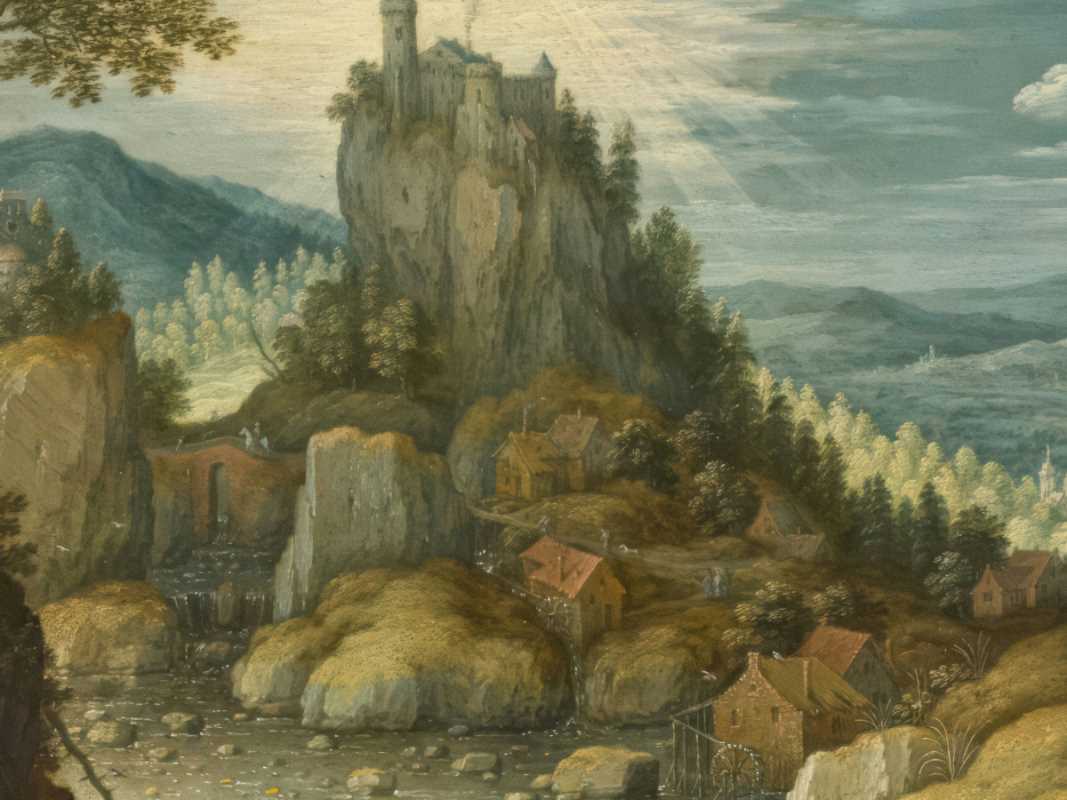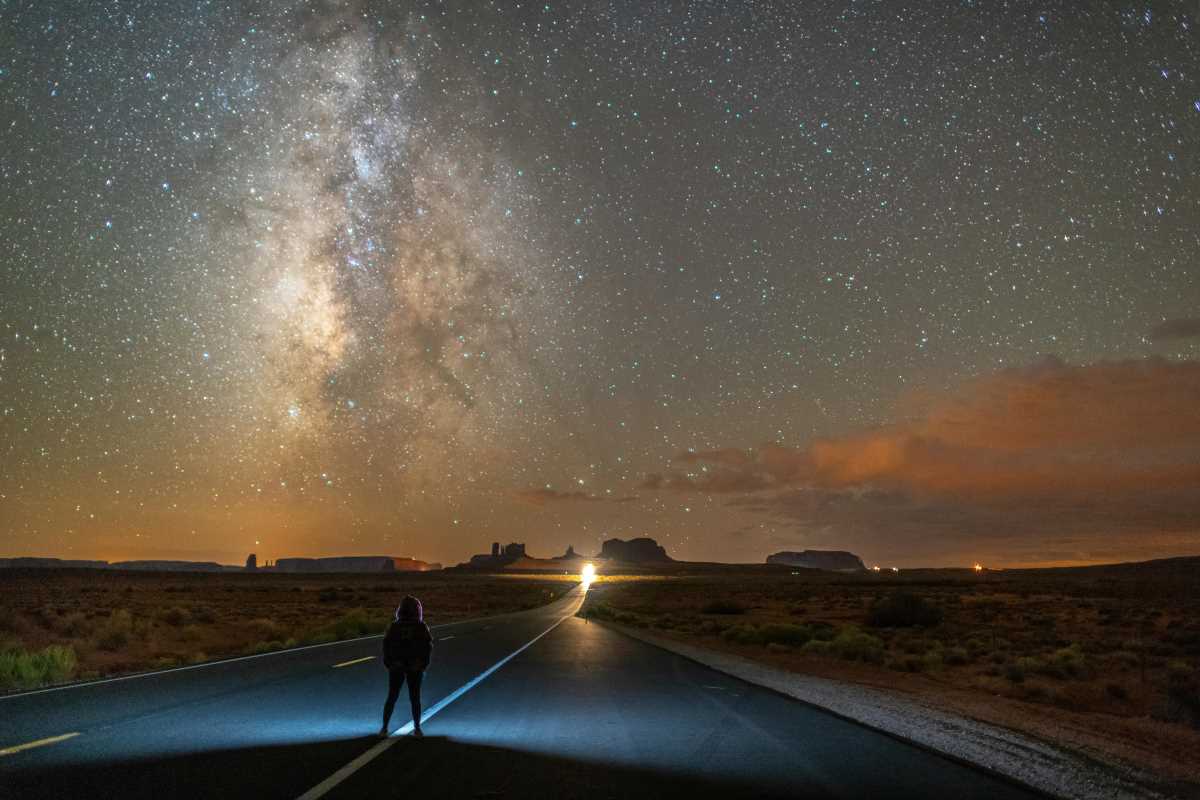When we think about art history, our minds often jump to the big names: the dramatic brushstrokes of Impressionism, the fragmented reality of Cubism, or the dreamy landscapes of Surrealism. These movements dominate museum halls and art history textbooks, and for good reason. But history is vast, and for every famous movement, there are dozens of others that have been overlooked, dismissed, or simply forgotten over time. As we navigate 2025, a growing curiosity is leading art lovers, historians, and creators to dig deeper into these lost chapters. Rediscovering these forgotten art movements is more than just an academic exercise; it’s about uncovering new sources of inspiration, understanding our past more completely, and finding surprising connections to our present-day world.
The Stuckists: Champions of Painting
In an art world increasingly dominated by conceptual art, video installations, and abstract ideas, a rebellious group of British artists in 1999 declared that painting was not dead. They called themselves the Stuckists. Co-founded by artists Billy Childish and Charles Thomson, the movement was a direct protest against the conceptual art that was being celebrated by institutions like the Tate gallery. Their name came from an insult directed at Childish, who was told his work was "stuck" in the past.
The Stuckists embraced this label, advocating for a return to authentic, figurative painting as the primary medium for artistic expression. They valued emotion, storytelling, and the raw connection between the artist, the paint, and the canvas. Their work was often bold, colorful, and deeply personal. While they were dismissed by the mainstream art establishment of the 2000s as being old-fashioned, their core ideas are finding new resonance in 2025. In a digital age saturated with AI-generated images and fleeting digital content, the Stuckist emphasis on the physical, human act of painting feels more relevant than ever. Young artists are rediscovering the movement’s manifestos online, drawn to their call for authenticity and their passionate defense of traditional skills.
Les Nabis: The Mystical Symbolists
At the tail end of the 19th century in Paris, a group of young art students, including Pierre Bonnard and Édouard Vuillard, were tired of the Impressionists' focus on capturing the fleeting, sunlit moments of everyday life. They wanted their art to express something deeper: emotions, ideas, and spirituality. They formed a secret brotherhood called Les Nabis, from the Hebrew word for "prophets."
Les Nabis believed that art should not simply copy nature but should be a subjective expression of the artist's inner world. They used bold, flat areas of color, strong patterns, and simplified forms to create works that were more symbolic than realistic. Their paintings often had a dreamlike, mystical quality. However, the movement was short-lived. It was quickly overshadowed by the explosive arrival of Fauvism and Cubism in the early 1900s, and its members went on to develop their own individual styles.
Today, Les Nabis are being rediscovered for their groundbreaking use of color and their influence on decorative arts. Their belief that art should permeate every aspect of life—from paintings to furniture and stained glass—aligns with the modern desire to live in creative, aesthetically pleasing environments. Their work is seen as a crucial bridge between Impressionism and the abstract art movements of the 20th century.
Afrofuturism: Reimagining the Black Experience
Though the term was coined in the 1990s, the principles of Afrofuturism have roots that go back decades, particularly in the music of Sun Ra and the literature of Octavia Butler. Afrofuturism is a cultural and artistic movement that explores the intersection of the African diaspora with technology, science fiction, and futuristic themes. It's a way of imagining a future, and alternate realities, for Black people that is free from the historical constraints of colonialism and racism.
For a long time, Afrofuturism was considered a niche subgenre within science fiction and art. It wasn’t widely recognized by major art institutions. However, the massive success of films like Black Panther brought its powerful aesthetic into the global spotlight. In 2025, Afrofuturism is being celebrated as a major, multi-disciplinary art movement. Visual artists create stunning works that blend traditional African motifs with futuristic technology. Musicians mix electronic beats with African rhythms, and writers create new mythologies. Afrofuturism is being rediscovered not as a forgotten movement, but as a vital and ongoing conversation about identity, power, and the creation of new futures.
.jpg) (Image source: Midjourney)
(Image source: Midjourney) 
